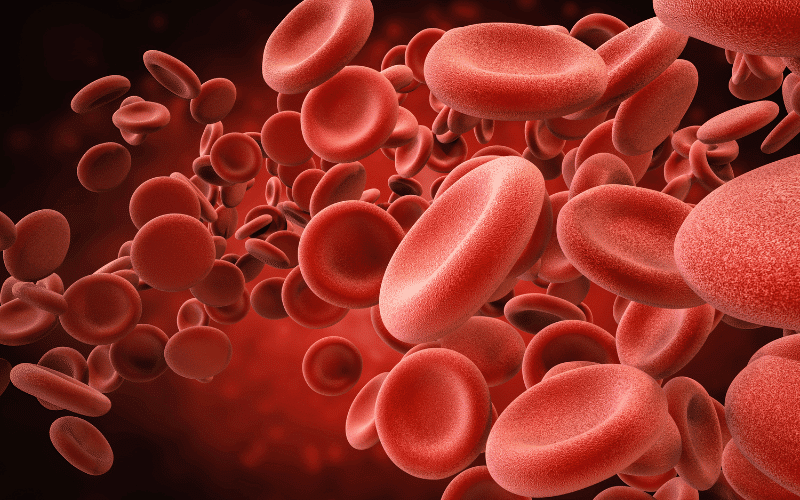Symptom 9: Livedo Reticularis

Livedo reticularis is a dermatological symptom often associated with Cutaneous Lupus Erythematosus. This condition presents as a lace-like purplish network or pattern on the skin, giving it a mottled appearance. The pattern is caused by a disturbance in the blood flow in the capillaries under the skin. As blood vessels dilate or become overfilled with blood, this striking, web-like pattern emerges.
This unique discoloration is typically more noticeable in cold weather and may disappear in warmer temperatures. Areas that are most commonly affected include the legs, arms, and trunk. While usually harmless, livedo reticularis can sometimes cause a slight itching sensation. However, the primary concern with livedo reticularis for most individuals is not physical discomfort, but rather the aesthetic changes it causes, which can lead to emotional distress.
In the context of Cutaneous Lupus Erythematosus, livedo reticularis can serve as an indicator of underlying disease activity. Therefore, any sudden or significant changes in the pattern or intensity of the discoloration should be reported to a healthcare provider promptly. In some cases, livedo reticularis might also be associated with other underlying conditions like vasculitis or antiphospholipid syndrome, making it even more critical to monitor and manage.
As with many symptoms of CLE, the management of livedo reticularis primarily involves addressing the underlying lupus activity. This generally requires a systemic approach, including medication to control the immune response and inflammation. In addition, since cold temperatures tend to exacerbate the condition, individuals with livedo reticularis are advised to keep their skin warm. This can be achieved through wearing insulated clothing in cold environments and avoiding sudden temperature changes. (9)